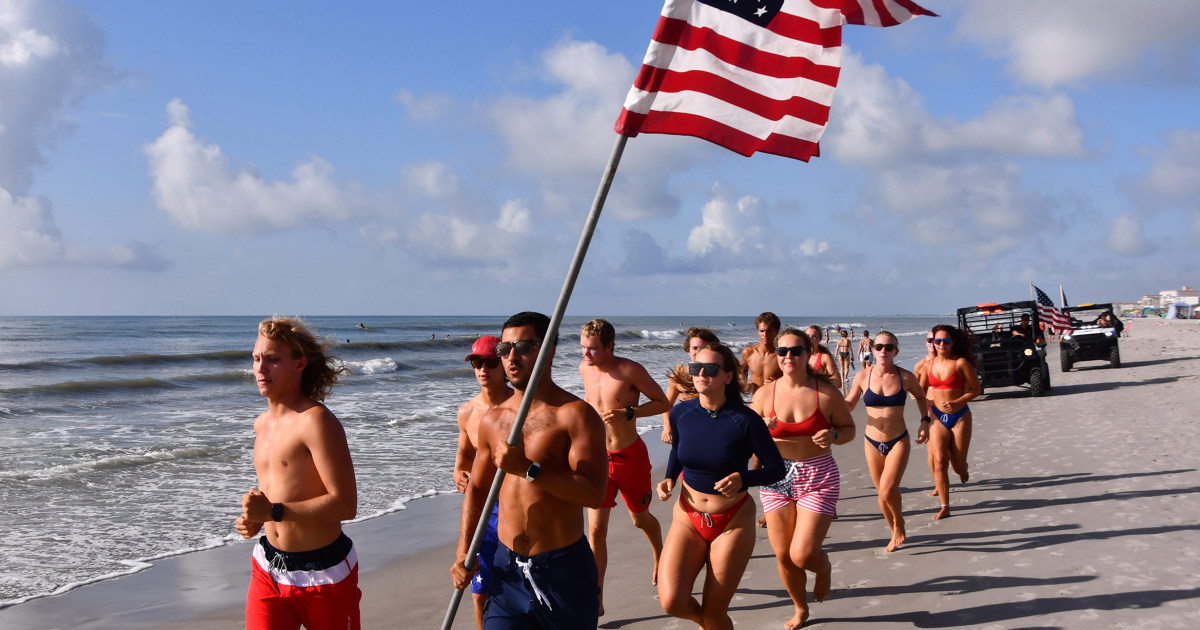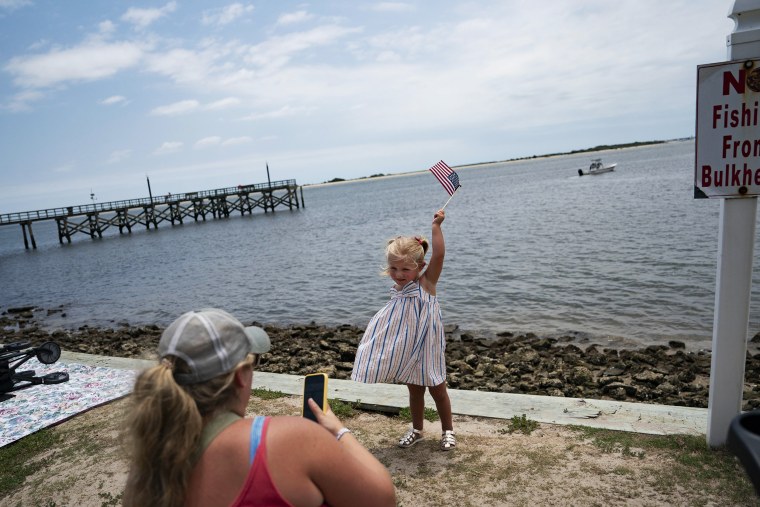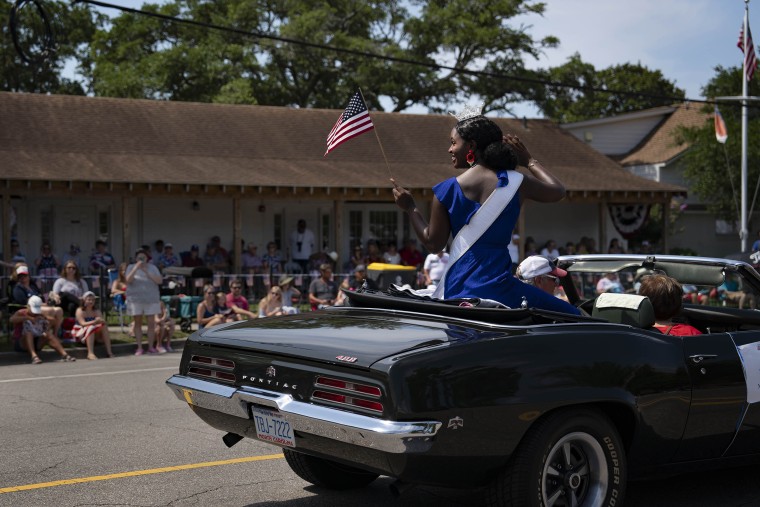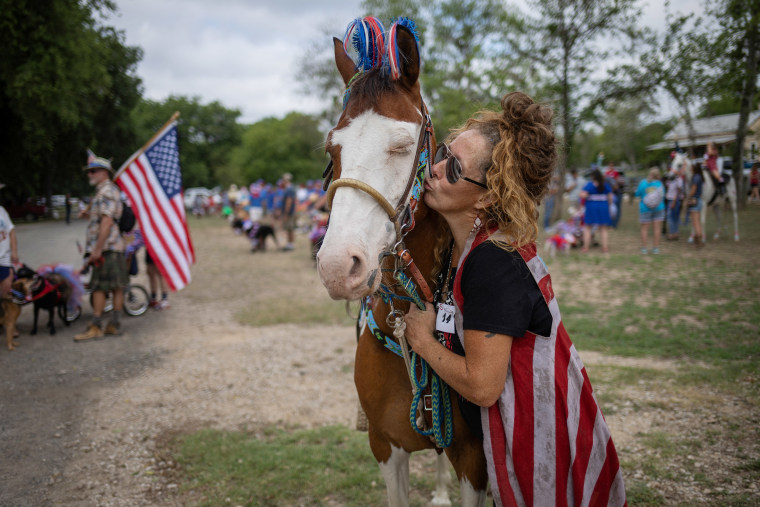
July 4, 2024: A Celebration of Independence and Unity Across the United States and Beyond
The Fourth of July is a time for Americans to come together and celebrate their country's rich history and values. This year, celebrations took place not only in the United States but also around the world as countries marked their own milestones of independence from Britain.
In the United States, millions traveled to enjoy parades, barbecues, and fireworks displays. Travel records were projected to be broken as people flocked to airports and highways for Independence Day celebrations. However, some faced challenges with overcrowded beaches on the East Coast and dangerous heat waves on the West Coast.
The Fourth of July holds a special place in American history as it marks the anniversary of the Second Continental Congress' adoption of the Declaration of Independence in 1776. But did you know that approximately one-fifth of the world's population were subjects of Great Britain prior to 1914?
India, for instance, celebrates its independence on August 15, marking the end of British rule in 1947. The country commemorates this day with kites and festivities that symbolize protest and subsequent freedom.
Bahamas also marks its independence annually on July 10, becoming a fully independent nation in 1973. The Junkanoo parade and music, dancing, and elaborate costumes are just some of the ways Bahamians celebrate their heritage.
Australia Day on January 26 is another occasion where Australians honor their history with barbeques and celebrations. This day marks the arrival of the first convict ships from Britain in 1788.
As Americans celebrated Independence Day, they were reminded of the importance of unity and coming together as a nation. The explosive history of fireworks, which originated in ancient China around the first century BC, added to the excitement and joy of this special day.








